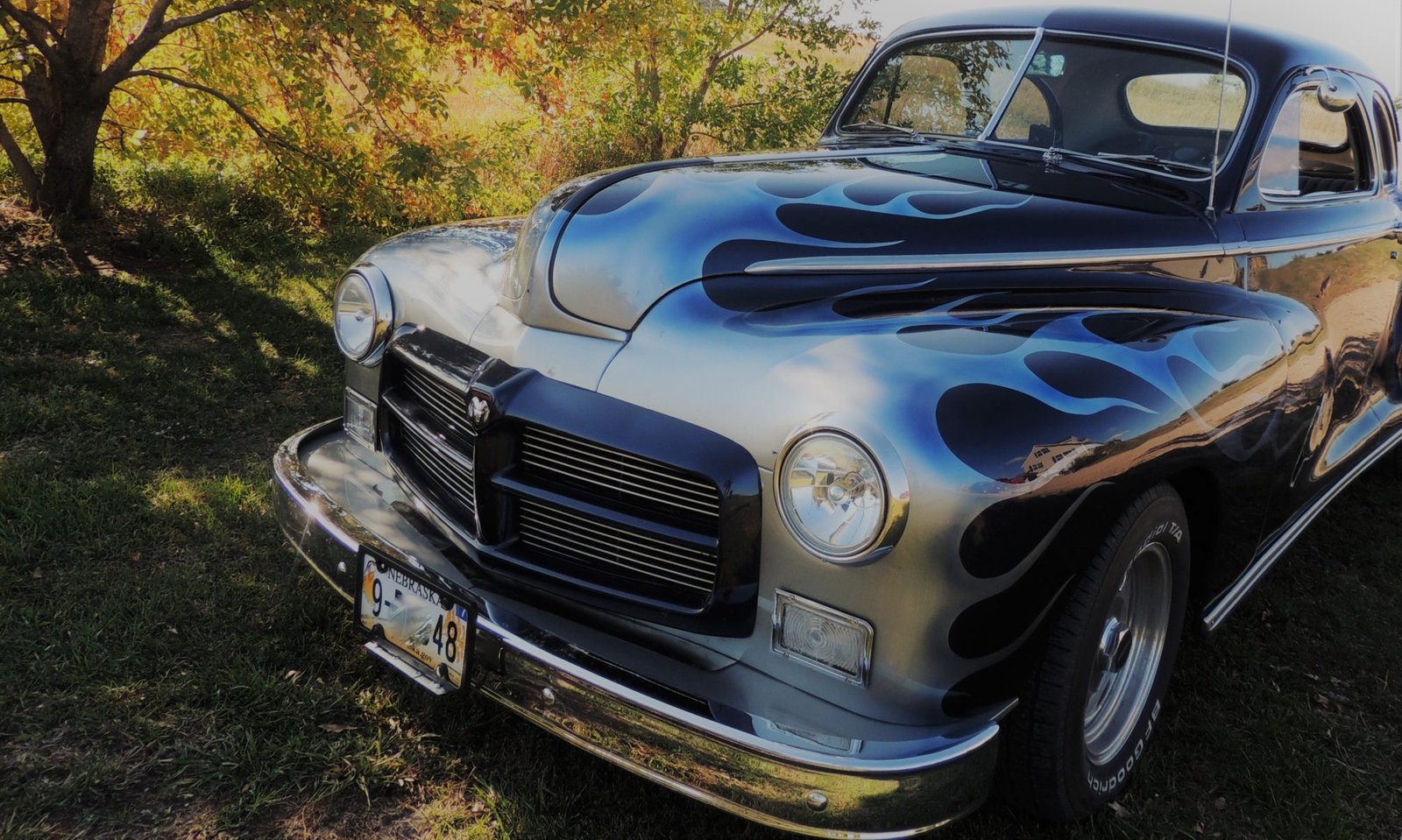The sheer number of ingenious Americans that eagerly dove into developing and improving automobiles around the turn of the century is nothing short of amazing. The following article about one of those men, Henry K. Hess, appeared in a 1902 newspaper.

A search of the patent database indicates that Hess was a prolific inventor and holder of many patents. From 1901 to 1905, he was granted several related to steam-powered automobiles. These patents include ideas for both the overall design of the system and improvements to pieces of it such as the means for producing combustion, the distribution of fuel in the combustion chamber, and the maintaining of a uniform degree of steam pressure.

The technology for steam engines, and even steam-propelled road vehicles, had been around for centuries, and a number of steam-powered cars were developed in the late 1800s and early 1900s. Many of them used kerosene for fuel, but, like Hess’s charcoal version, other types of fuel were experimented with. There were barriers to be overcome with steam, however: The engines were heavy and slow to start, the fuel was bulky, hot ashes needed to be removed, and the engines needed to be supplied with water in addition to fuel.
Gasoline-powered internal combustion engines also had problems. They had to be started with hand cranks, and many serious injuries were caused by the cranks kicking back during the perilous process. People were also concerned about the dangers and cost of gasoline as seen in the following letter inquiring about the Hess Charcoal Burner that appeared in a 1903 issue of Cycle and Automobile Trade Journal. The publication’s answer appears underneath the letter.


Henry K. Hess also wrote a letter in response:

Hess obtained another very interesting patent in 1909 for the design of a self-propelled vehicle that featured two motors. Unlike the Carter Two-Engine Car which was patented in 1907 and focused mostly on reliability, Hess’s main focus was on efficiency. His idea was to incorporate both an internal combustion engine and a steam engine, operating both with the same fuel required for the operation of the gas motor by using the heat of the exploded gases to generate steam to power the steam engine:
“It is well known that the temperature of these exploded gases reaches a very high degree, far in excess of that produced by any open flame burner, and that in many self-propelled vehicles in which gas or vapor engines are used as the motive power apparatus, the highly heated products of combustion are allowed to escape into the atmosphere, thereby losing a considerable power which I have sought to utilize to generate steam for the operation of a steam engine in conjunction with a gas engine.“
According to the patent, both engines could be employed either individually or jointly in the propulsion of the vehicle.
“Another distinguishing feature of my present device is the clutch mechanism of the transmission gear, whereby I am enabled to throw either or both engines into and out of operative connection with the running gear of the vehicle so that the vehicle may be propelled by either the steam engine or gas engine alone, or both may be combined to transmit power to a single shaft which makes it possible to use this combination in the propulsion of boats as well as wheel vehicles.“
These are the drawings included with Hess’s patent:



In addition to operating two engines with the same amount of fuel required for one, Hess pointed out other advantages to his design such as eliminating the open flame commonly used with steam and obviating the need for exhaust mufflers. Unfortunately for Hess, steam mostly fell by the wayside with the invention of the electric start for the internal combustion engine and the production of Henry Ford’s affordable and plentiful Model T. A search of old newspapers indicates that Hess may have gone on to become a building contractor in Syracuse. It does not appear that he ever found success in the automobile industry, and that is a shame because he had so many innovative ideas.



















